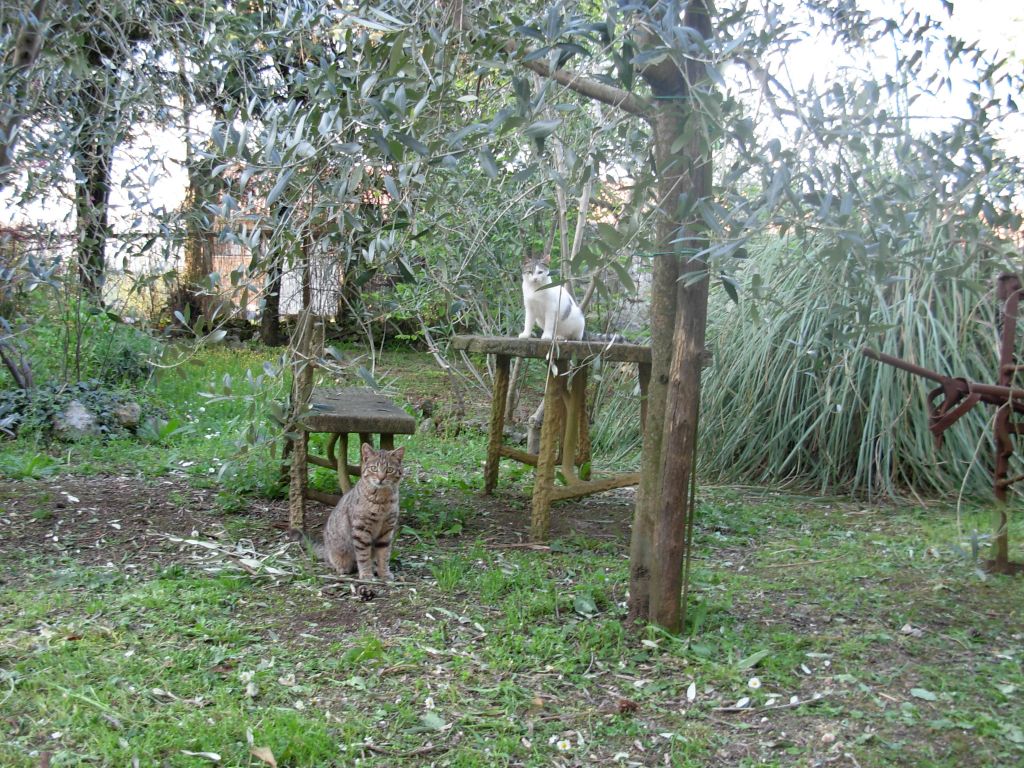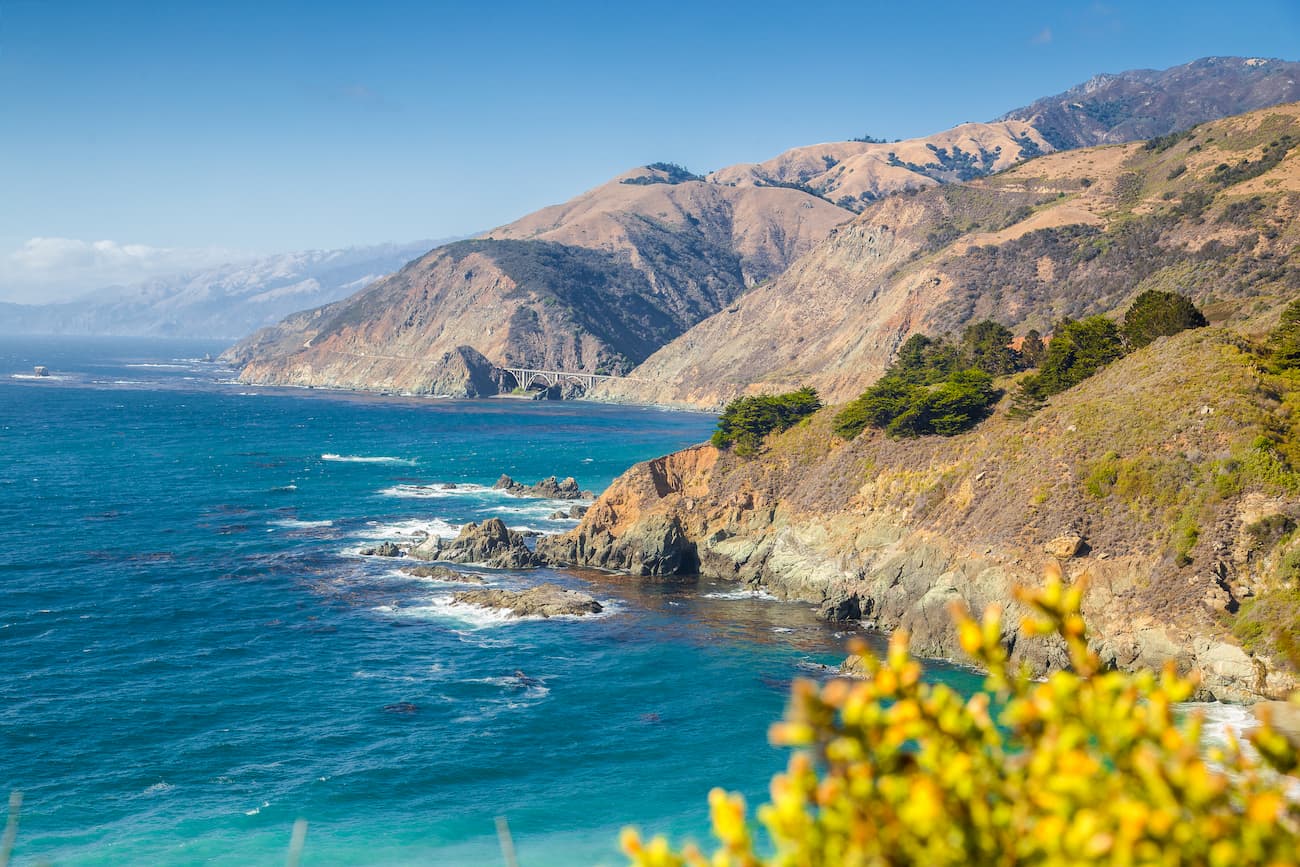

Snow on the higher peaks is not uncommon with winter storms. Precipitation depends heavily on topography and location, with the higher summits and west-facing slopes receiving up to 80 inches a year while the dry eastern section only 20 inches. Pico Blanco from the coastal grasslands ClimateThe Santa Lucias display a Mediterranean-type climate characterized by typically hot, dry summers and cool, rainy winters. Additionally, the Santa Lucias are one of the habitats of the rare California condor, the largest bird in North America. Animals to look for include rattlesnakes, lizards, deer, bobcat, and mountain lions. Much of the interior and drier regions are covered in thick chaparral that greatly hinders cross-country travel in this area. In valleys and wet hillsides forests dominate: redwoods, oaks, pines, and madrones. The rock type of the Santa Lucias is highly variable but generally considered poor for climbing.ĮcologyThe Santa Lucia's ecology is quite diverse and highly dependent on slope orientation, elevation, and proximity to the ocean. This area has never been glaciated and is only eroded by the slow and steady cut of rivers, creating deep V-shaped valleys and steep canyons. Currently these plates are moving antiparallel to one another, creating a number of strike-slip faults in the Santa Lucia range around which earthquakes frequently occur.

Indeed, uplift is still going on, caused by the ongoing relative movement of the Pacific and North American plates. Uncle Sam, Ventana Double Cone and Kandlbinder from Devil's Peak GeologyThe Santa Lucia are an unusually young mountain range, having only formed within the last 5 million years. Despite its beauty the area is often overlooked in lieu of the higher peaks of the Sierra and is consequently lightly used, which lends it great potential for solitude. Within the course of a day you might traverse coastal bluffs, terraced grasslands, redwood canyons, open oak woodlands, yucca-studded hillsides, thick chaparral, and rocky summits. Despite the area's rough and unforgiving nature (or perhaps because of it), it is a place of unparalleled beauty and diversity. Even the existing trails are often overgrown and hard to follow. Many (most) of these mountains are trailless and difficult to access, due to the impenetrable nature of the chaparral that covers much of the region.


 0 kommentar(er)
0 kommentar(er)
